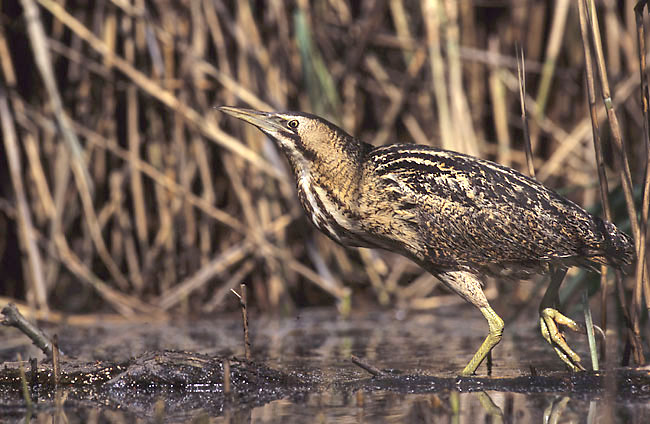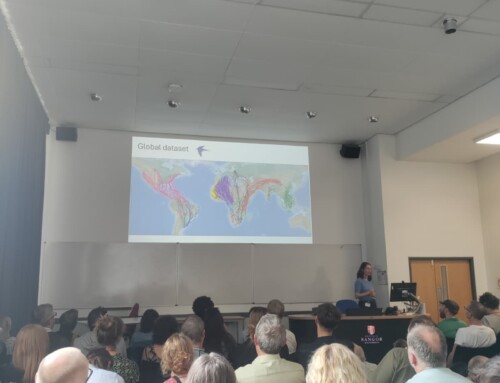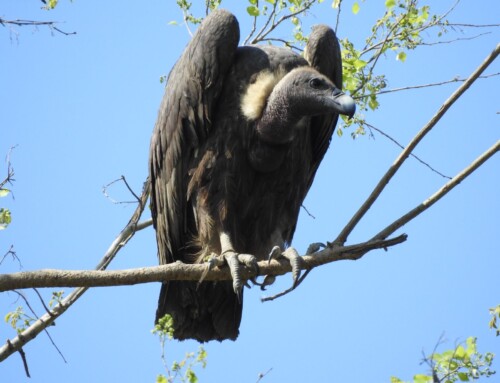
So where is the highest impact research on biodiversity conservation undertaken? One measure of the impact of a paper in a scientific journal is the number of times that other researchers refer to it in their papers. Influential research papers gain more citations. Averaging the number of citations across all papers published by scientists from a particular institution provides one metric of the overall impact of that institution’s research.
Such statistics are conveniently compiled by Web of Science. Its ‘InCites Esssential Science Indicators’ show that for papers published in the field of ‘environment/
ecology’ during the last decade, five of the top six highest ranking UK institutions (out of the 61 located in the UK) are NGOs or institutions other than universities. BirdLife International ranks 1st, the RSPB ranks 4th and the BTO ranks 6th. While the volume of outputs from these organisations may be smaller, their research tends to have greater impact – using this particular metric – than that of virtually all UK universities.
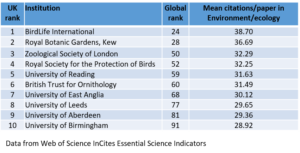
Scientific research in the UK is primarily funded by seven disciplinary research councils, which were recently merged into a single body, UK Research and Innovation, to boost efficiency and increase impact of its £6 billion annual budget. One of these bodies, the Natural Environment Research Council (NERC), funds research on the physical, chemical and biological processes on which our planet and life itself depends.
Given that one of NERC’s strategic aims is to support research with the greatest societal impact, it would be reasonable to assume that a fair chunk of their funding in the field of environment/ecology is directed to NGOs undertaking this sort of research, given the statistics above showing that their papers in this field are cited more highly than those of nearly all UK universities.
The numbers tell a very different story, however. NERC’s net expenditure was £1.86 billion over the last five years. Considerably less than one tenth of one percent (0.025%) was granted to the BTO, RSPB and BirdLife over this period.
Part of the explanation for this may be because NERC’s guidance asks grant reviewers to assess ‘originality, quality and significance’ and whether ‘extremely important scientific questions’ are addressed. The research needed to inform biodiversity conservation need not be particularly original or important from a purely scientific perspective, yet is of considerable societal interest.
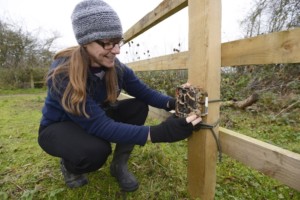
RSPB researcher setting a trail camera © rspb-images
In a letter to Nature published this week, leading scientists from BirdLife International, RSPB and BTO suggest that NERC could better deliver its strategy by directing greater resources to non-governmental and other organisations outside traditional universities that deliver societal impact through research enhancing the conservation of biodiversity upon which people depend.
This could be achieved by asking grant reviewers to increase the weight given to the potential societal significance of proposed research relative to its scientific originality, and/or by targeting funding through directed programmes specifically addressing conservation issues.
Even a fractional adjustment could substantially strengthen UK research on biodiversity conservation issues, and benefit nature worldwide.
Nominate this article for a BOU Science Communication Award.
Image credits
Featured image: Great Bittern | Marek Szczepanek | CC BY SA 3.0 Wikimedia Commons



